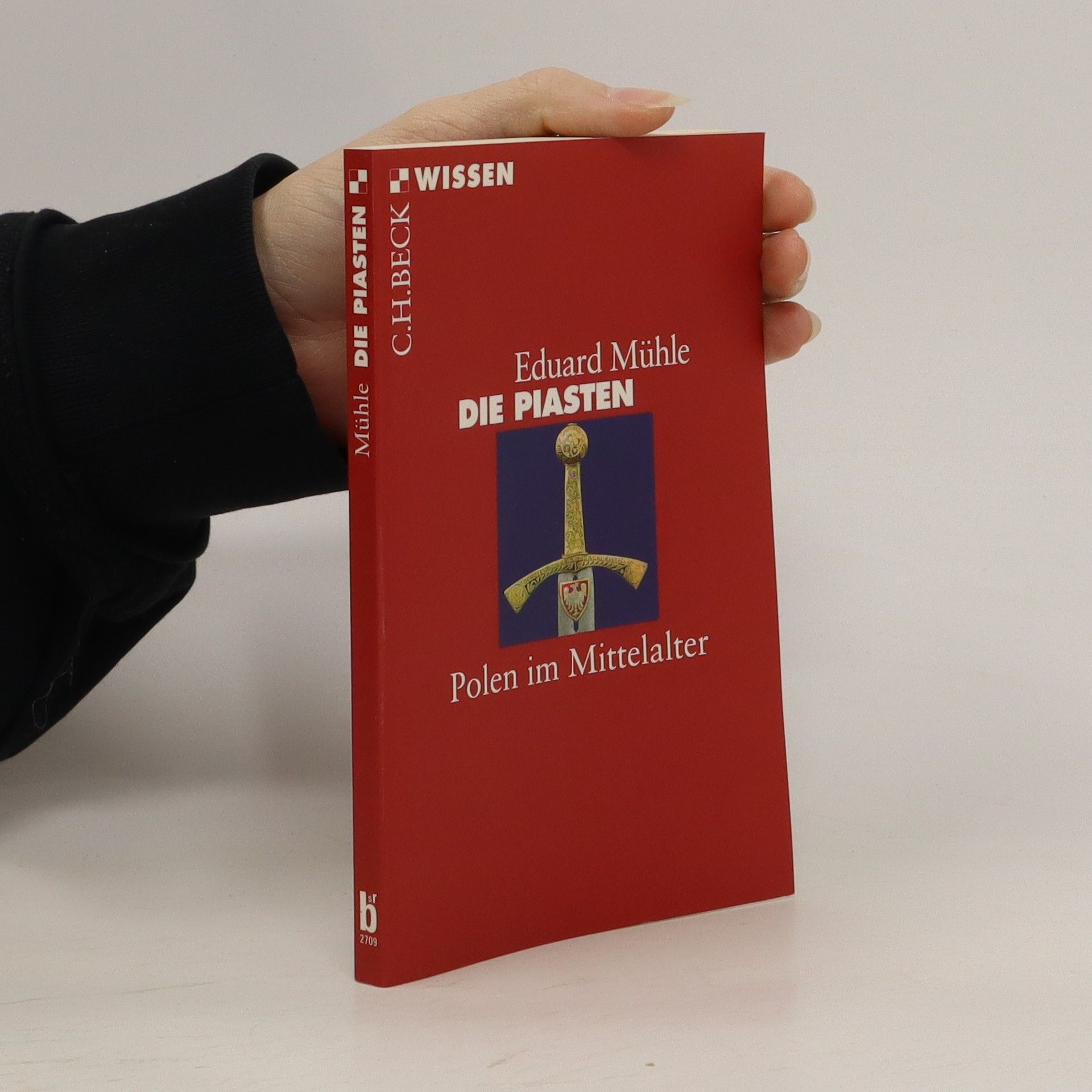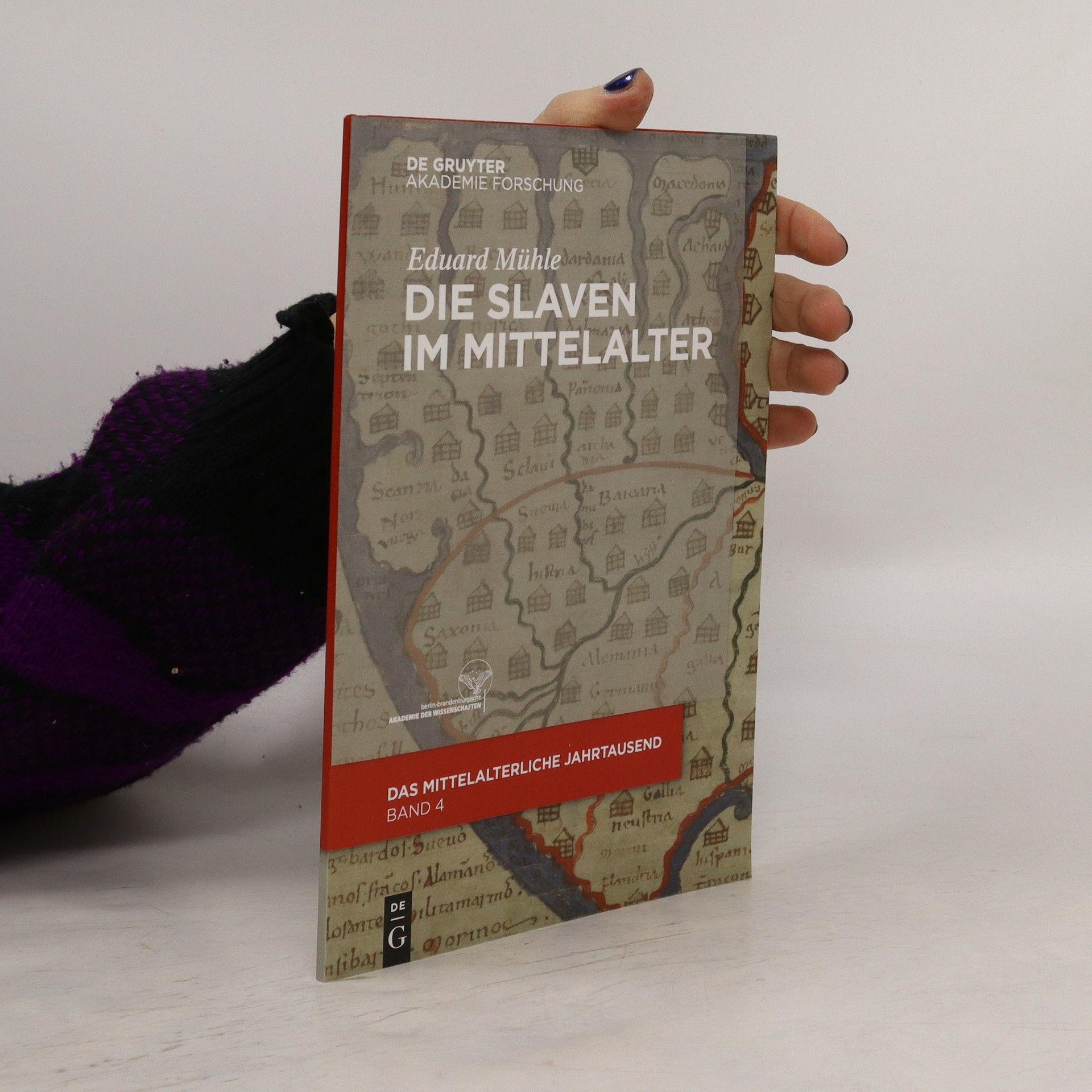W Europie żyje około 250 milionów użytkowników języków słowiańskich. To ponad jedna trzecia ludności kontynentu. Co to oznacza dla naszego rozumienia europejskiej kultury i historii? Czy słowiańskojęzyczna ludność Europy ma jakąś szczególną „słowiańską” tożsamość, specyficzną „słowiańską” kulturę i historię? Obierając te pytania za punkt wyjścia, Eduard Mühle na nowo opowiada historię Słowian w średniowieczu. W oparciu o wnikliwe badania źródłowe roztacza przed czytelnikiem podwójną perspektywę. Z jednej strony opisuje realne struktury, które skrywają się za historycznym zjawiskiem Słowian – począwszy od wczesnosłowiańskich grup ludności i ich pierwszych władztw od VII do IX w., przez słowiańskojęzyczne państwa i nationes od X do XII wieku, aż do późnośredniowiecznych społeczeństw od XIII do początku XV wieku. Z drugiej strony bada postrzeganie ludów słowiańskich w źródłach bizantyjskich, łacińskich i arabskich, przedstawia także własną historyczną autopercepcję Słowian, by pokazać, jak wizerunki te począwszy od VI wieku służyły projektowaniu lub też „wyobrażaniu” Słowian jako konstruktu kulturowego i już w średniowieczu stawały się narzędziem polityki historycznej, wykorzystywanym w różnych kontekstach i do różnych celów.
Eduard Mühle Book order






- 2021
- 2017
Polen, Tschechen, Slowaken, Russen, Ukrainer, Kroaten, Bosnier, Serben – sie alle und noch einige weitere Völkerschaften werden als „Slawen“ bezeichnet. Was aber haben diese rund 250 Millionen Menschen über die Verwandtschaft ihrer Sprachen hinaus gemeinsam, was verbindet sie? Eduard Mühle schildert knapp und fundiert die Geschichte der slawischen Bevölkerungsgruppen vom 6. bis zum 20. Jahrhundert und stellt dabei sowohl das realhistorische Phänomen als auch die imaginierte Gemeinschaft vor, die bis heute zu politischen Zwecken instrumentalisiert wird.
- 2016
Die „Slaven„ begegnen in mittelalterlichen Quellen wie in der modernen Mediävistik in vielfältiger Weise. Was aber meinten die mittelalterlichen Zeitgenossen, wenn Sie von „Slaven“ oder „Slavenland„ schrieben und was kann die Mediävistik heute mit diesen Begriffen sinnvoll bezeichnen? In welchem Verhältnis stehen die im 6. Jahrhundert einsetzenden, von der Wissenschaft seit dem 18. Jahrhundert verfeinerten Konstruktionen „slavischer“ Identitäten zu den mittelalterlichen Wirklichkeiten? Die Studie fragt danach, ob bzw. inwieweit der in byzantinischen, arabischen und lateinischen Quellen begegnende Begriff „Slaven" tatsächlich auf eine reale Einheit, ein gemeinschaftliches Identitätsbewusstsein verwies oder nicht auch schon im Mittelalter – wie im 18.-20. Jahrhundert – vor allem ein Instrument bestimmter politisch-ideologischer Programme war.
- 2013
Monarchische und adlige Sakralstiftungen im mittelalterlichen Polen
- 556 pages
- 20 hours of reading
Seit wann, nach welchen Mustern und Vorbildern, in welchen politischen und sozialen Zusammenhängen, aus welchen ideellen und materiellen Motiven haben polnische Herrscher und weltliche Große Kirchen und Klöster gestiftet, sie mit Besitz ausgestattet, ihnen Reliquien übergeben und heilige Patrone zugeschrieben? Auf diese Fragen gibt der Sammelband in 14 vom Herausgeber zusammengestellten und eingeleiteten neuesten Einzelstudien polnischer Mediävisten Antworten. Er bietet damit nicht nur einen Einblick in den aktuellen Stand der polnischen Forschung, sondern erstmals in deutscher Sprache einen Überblick über die Sakralstiftungen der piastischen Herrscher und Großen im mittelalterlichen Polen.
- 2011
mit 7 Abbildungen, 2 Genealogischen Tafeln und 2 Karten
- 2003
Germany and the European East in the twentieth century
- 224 pages
- 8 hours of reading
How did German society perceive the European East during the short twentieth century? What were the mental maps Germans constructed as their images of the European East? How did these images alter over time due to changing political systems and to what extent did those mental perceptions influence political action and the relationship between Germany and Eastern Europe?Tackling questions such as these, this book looks at the complicated relationship between Germany and the European East. Politically significant, this relationship was often fraught with tension, always delicate and never easy. The book looks at the social, cultural and political contexts that shaped the German image of the East during the Weimar Republic, the Third Reich and the Federal Republic. In addition, it charts the mental maps that German society constructed with respect to single constituent parts of Eastern Europe, such as Czechoslovakia, Poland, the Baltic States and the Soviet Union.The contributors consider how the relationship was transformed from one of hostility to one more conciliatory in character by the end of the twentieth century.